Pivotal moments in the history of feminism
Feminism has woven a rich tapestry throughout history, advocating for equal rights and opportunities for all genders. The journey of feminism can be seen as a series of pivotal moments, each contributing to the gradual shift towards gender equality. From early writings to modern movements, each chapter has shaped the feminist landscape.
This article will walk you through key milestones that have defined the feminist journey, showcasing how far the movement has come and the challenges it continues to face.
The Birth of Feminism: Mary Wollstonecraft’s “A Vindication of the Rights of Woman”
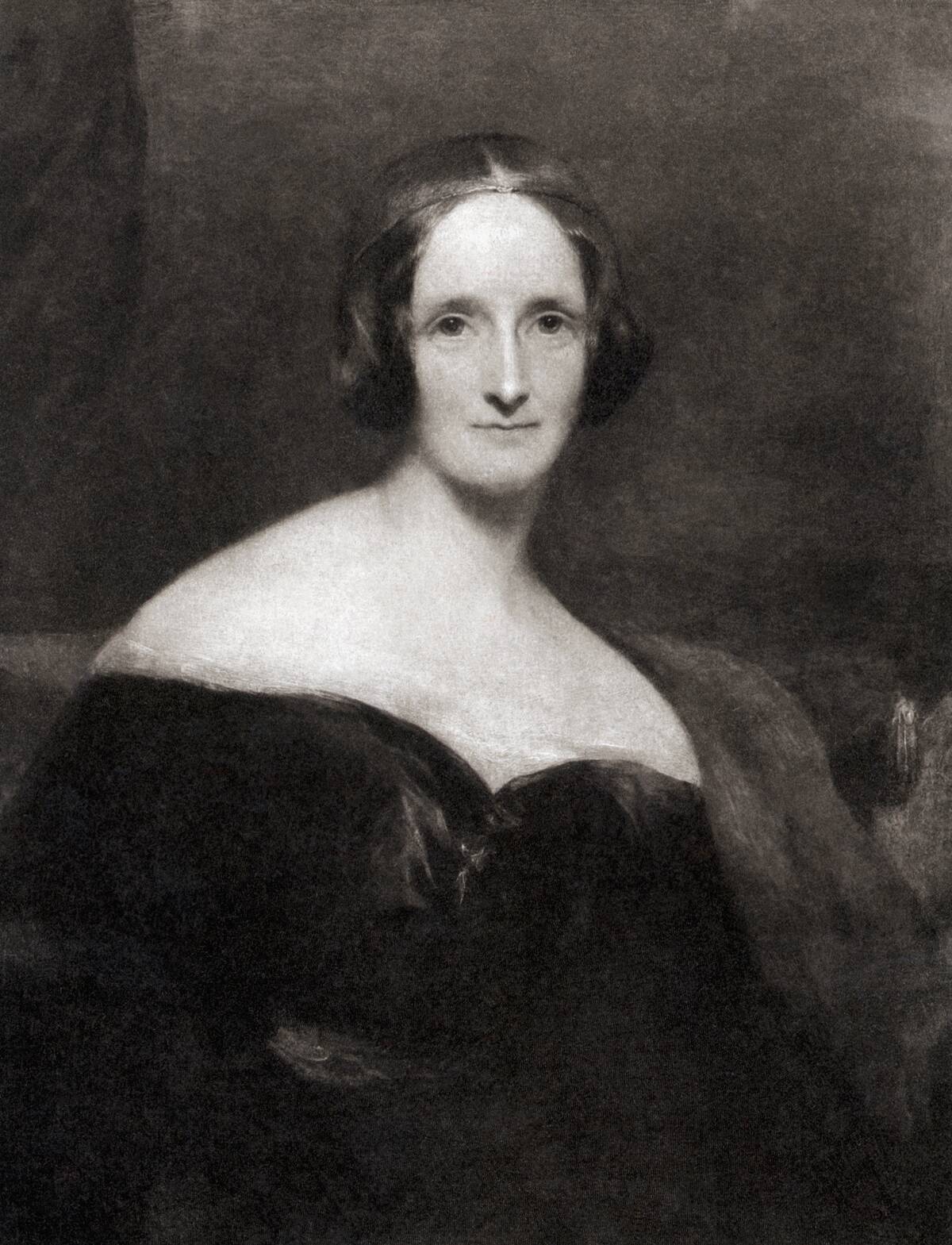
Mary Wollstonecraft’s 1792 work, “A Vindication of the Rights of Woman,” is often credited as one of the first feminist philosophical writings. In her groundbreaking book, Wollstonecraft argued that women should have the same educational opportunities as men, challenging the societal norms of her time.
Her advocacy for gender equality laid the foundation for future feminists, inspiring generations to push for social change and equal rights. This seminal work remains a touchstone for feminist theory and discourse.
The Seneca Falls Convention: Where the Movement Officially Began
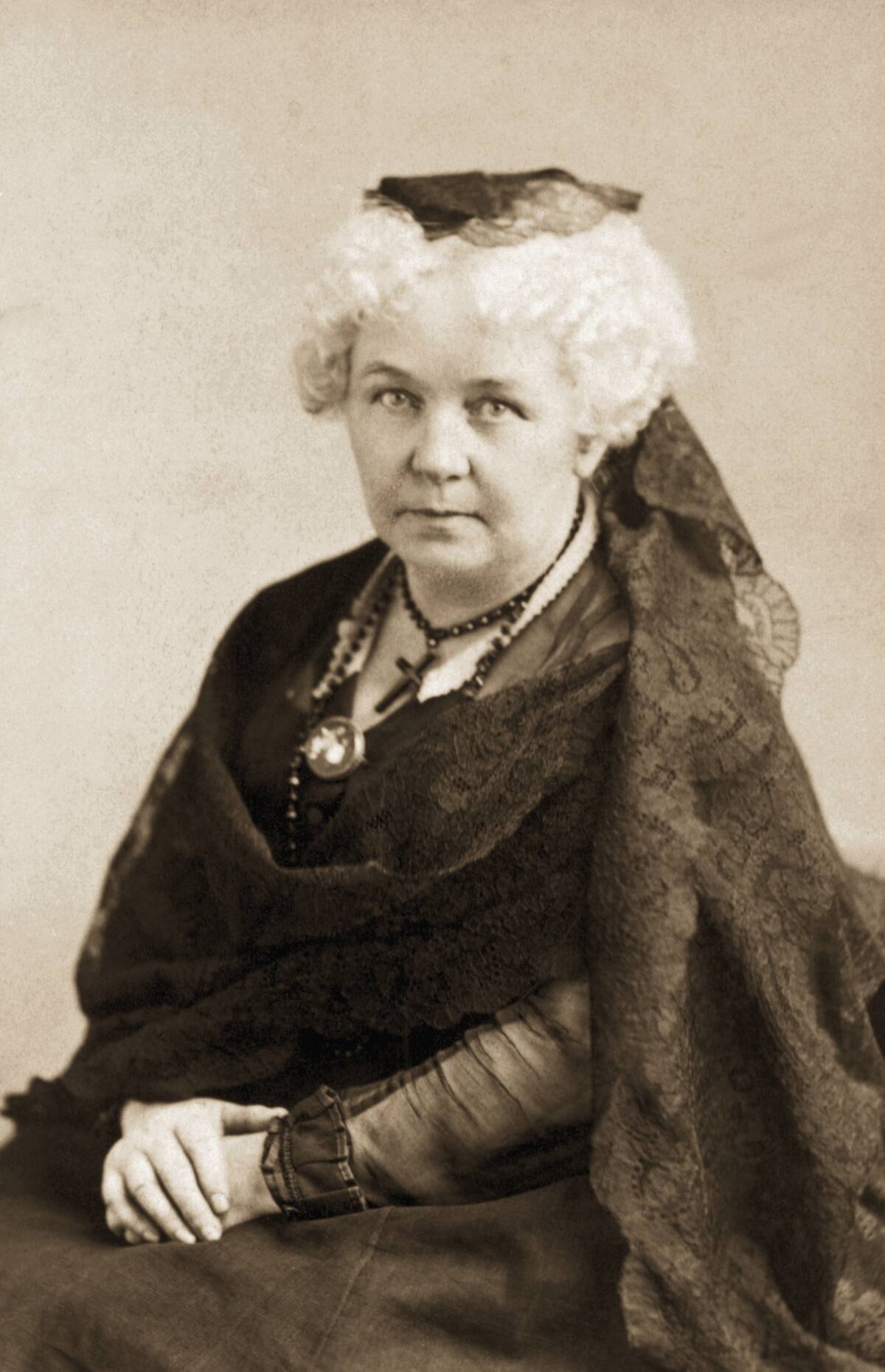
In 1848, the first women’s rights convention was held in Seneca Falls, New York, marking a significant milestone in the feminist movement. Organized by Elizabeth Cady Stanton and Lucretia Mott, the convention produced the Declaration of Sentiments, which called for equal social, civil, and religious rights for women.
This event is often regarded as the official beginning of the organized feminist movement in the United States, setting the stage for future advocacy and activism for women’s rights.
The Suffragette Movement: Women’s Fight for the Right to Vote
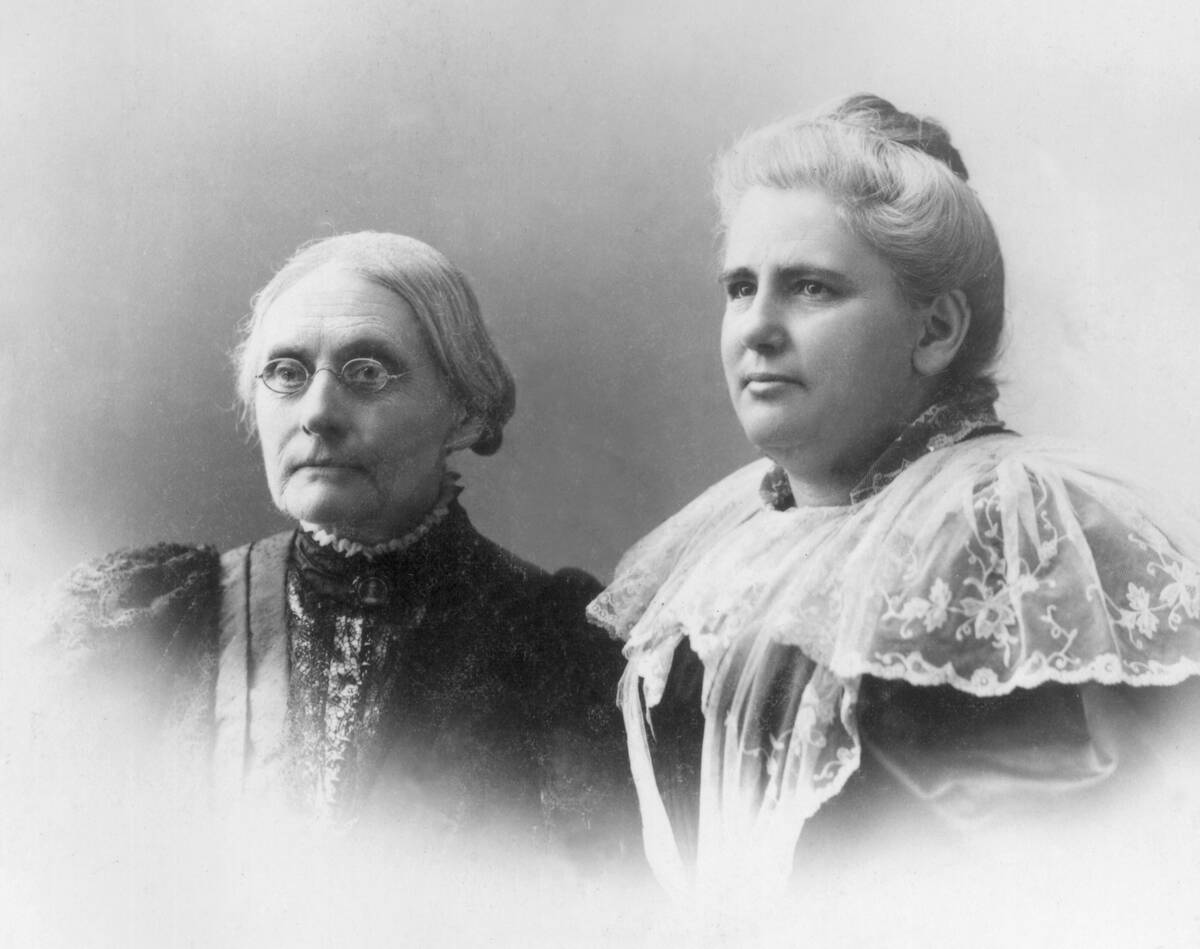
The suffragette movement was a pivotal chapter in the feminist journey, as women fought tirelessly for the right to vote. In the late 19th and early 20th centuries, suffragettes organized protests, marches, and even hunger strikes to demand electoral equality.
Figures like Susan B. Anthony and Emmeline Pankhurst became prominent leaders, advocating for women’s suffrage across the globe. Their relentless efforts brought attention to gender inequalities and laid the groundwork for legislative change in many countries.
The Passage of the 19th Amendment: A Victory for Women’s Suffrage
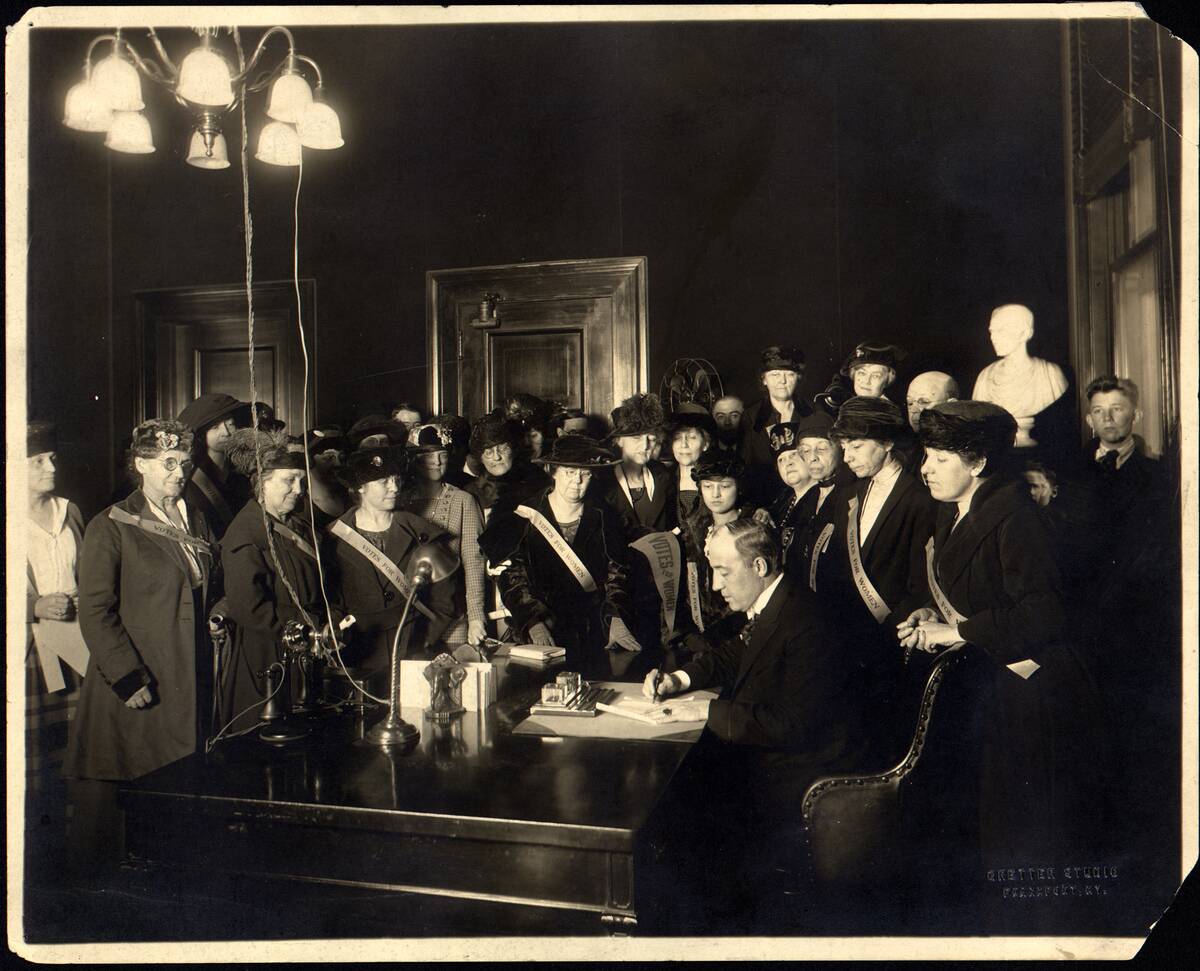
The ratification of the 19th Amendment to the United States Constitution in 1920 was a monumental victory for the suffragette movement. This amendment granted American women the right to vote, marking a significant step towards gender equality. After decades of activism and advocacy, women finally secured their place in the democratic process.
The passage of the 19th Amendment not only transformed the political landscape but also inspired women around the world to continue the fight for their rights.
The Roaring Twenties: Women Embrace New Freedoms
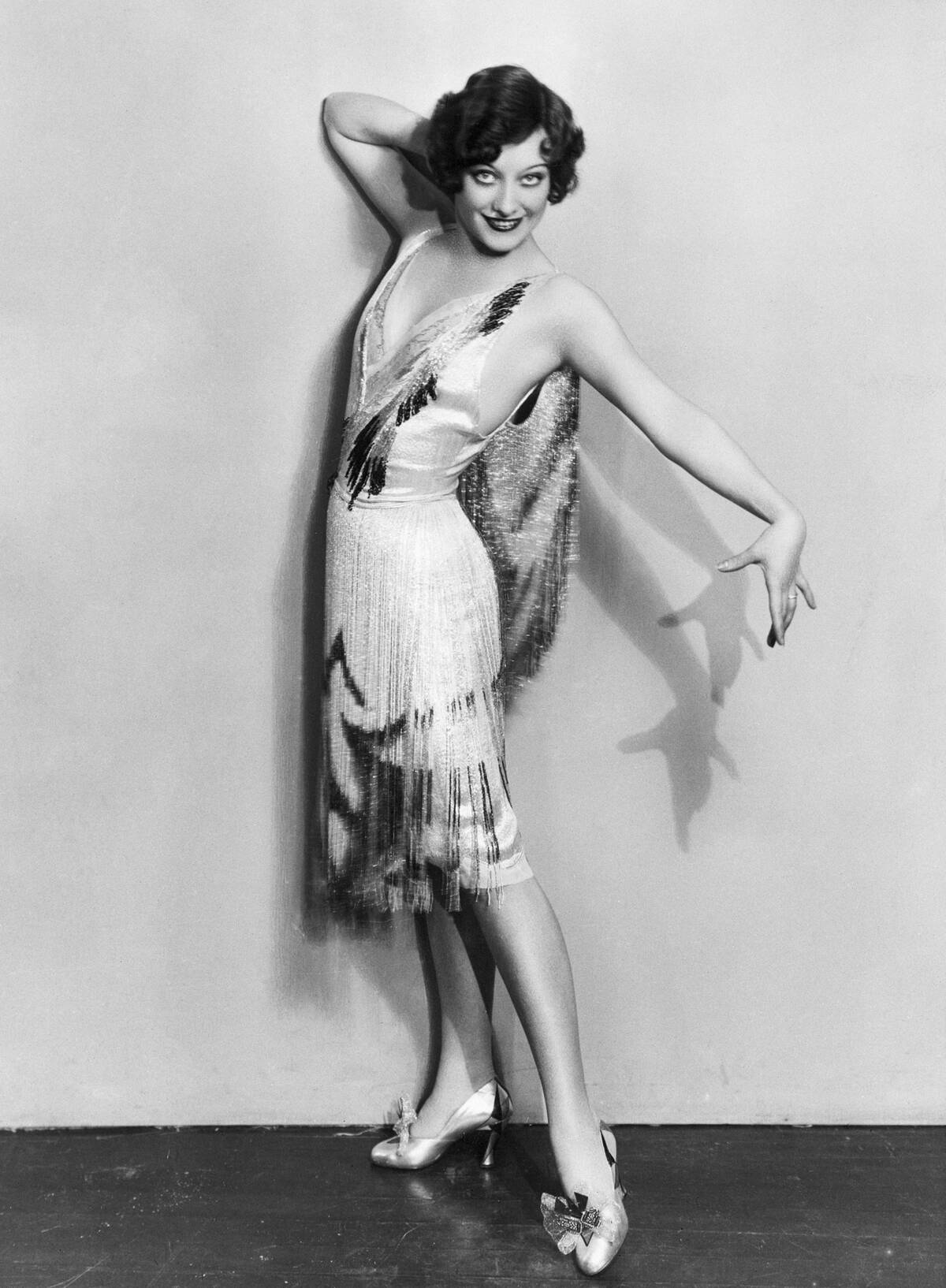
The Roaring Twenties was a decade of cultural transformation, with women embracing new freedoms and redefining societal norms. Flappers became the symbols of this era, challenging traditional gender roles with their fashion, behavior, and attitudes.
Women began to enter the workforce in greater numbers, pursue higher education, and enjoy newfound social liberties. This period marked an important shift in the feminist movement, as women asserted their independence and sought to break free from restrictive conventions.
Rosie the Riveter: The Icon of Working Women During WWII
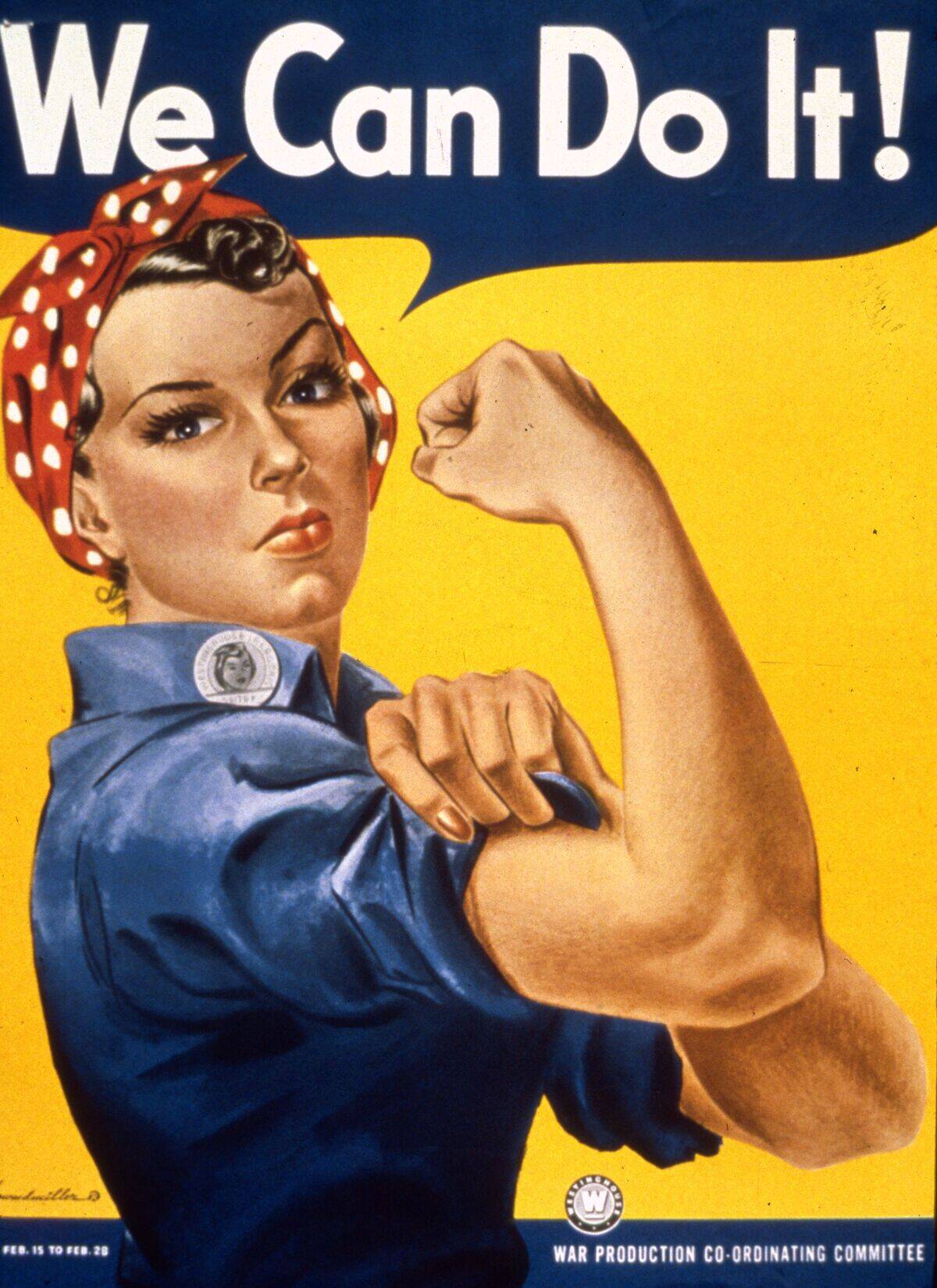
During World War II, Rosie the Riveter emerged as a cultural icon, representing the countless women who joined the workforce to support the war effort. With men off fighting, women stepped into roles traditionally held by men, working in factories, shipyards, and other industries.
Rosie symbolized strength, resilience, and the ability to succeed in jobs that were once deemed unsuitable for women. This shift challenged gender stereotypes and demonstrated women’s capability in various fields, laying the groundwork for future gender equality.
The Feminine Mystique: Sparking the Second Wave of Feminism
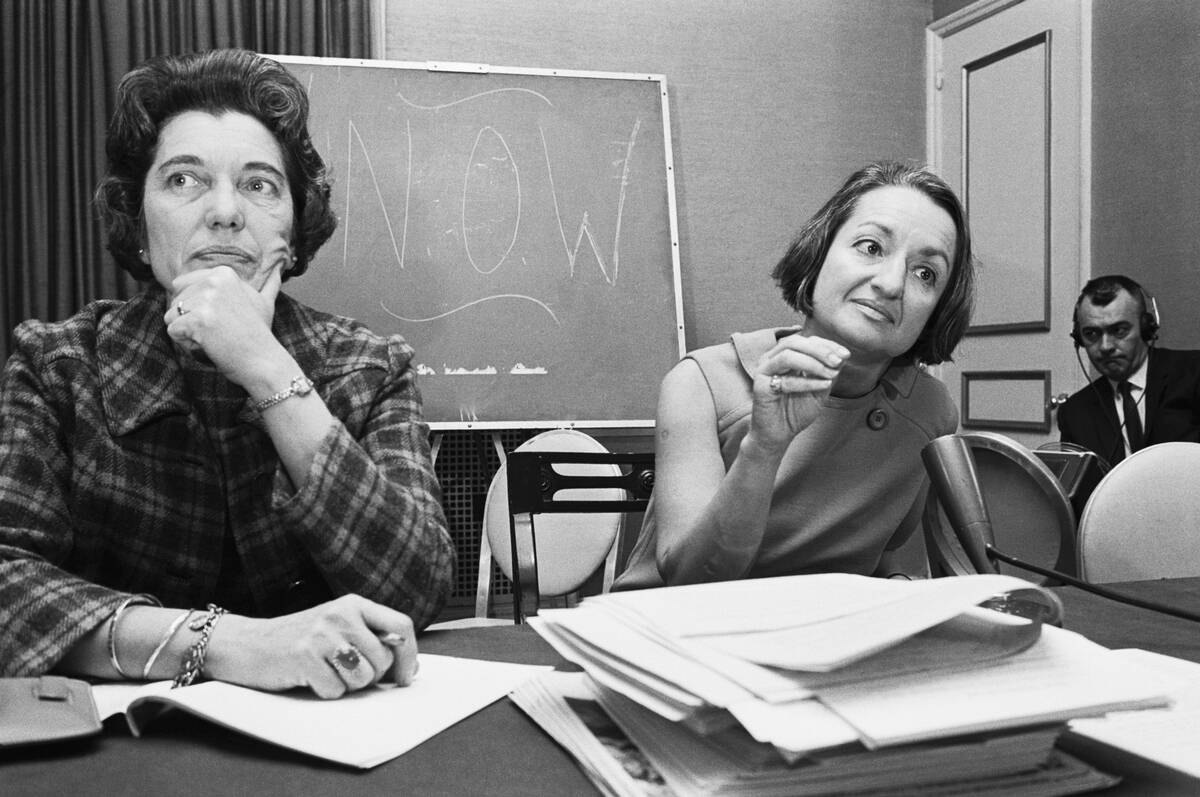
Betty Friedan’s 1963 book, “The Feminine Mystique,” is credited with igniting the second wave of feminism. Friedan explored the dissatisfaction of many housewives who felt limited by traditional gender roles, coining the term “the problem that has no name.”
Her book resonated with women across the nation, sparking a movement that focused on issues like workplace equality, reproductive rights, and legal inequalities. The second wave of feminism expanded the scope of the movement, advocating for broader social and political change.
Title IX: Education and Athletics Open Up for Women

Title IX, passed in 1972, was a landmark piece of legislation that prohibited sex-based discrimination in federally funded education programs. This law had a profound impact on women’s participation in athletics, leading to increased opportunities and funding for female sports programs.
Title IX not only transformed the landscape of education and athletics but also helped challenge societal norms regarding gender roles. It opened doors for countless women and girls, fostering a generation of empowered female athletes and scholars.
Roe v. Wade: A Landmark Decision for Women’s Reproductive Rights
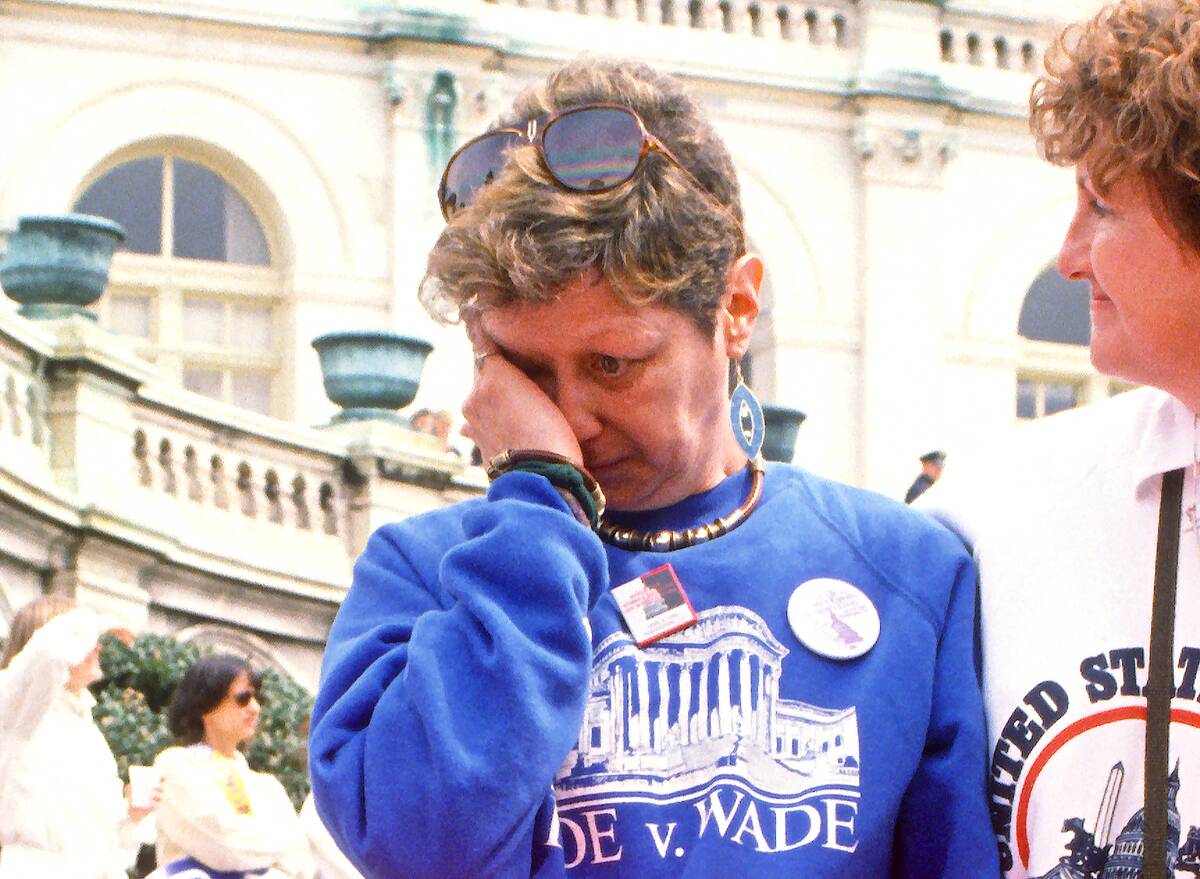
The 1973 Supreme Court decision in Roe v. Wade was a pivotal moment for women’s reproductive rights in the United States. The ruling recognized a woman’s right to choose to abort a pregnancy, emphasizing privacy and bodily autonomy.
This landmark decision sparked intense debate and activism on both sides of the issue, shaping the national conversation around reproductive rights for decades. Roe v. Wade remains a cornerstone of feminist advocacy, highlighting the ongoing struggle for women’s autonomy and freedom of choice.
The ERA Movement: The Push for Equal Rights Amendment
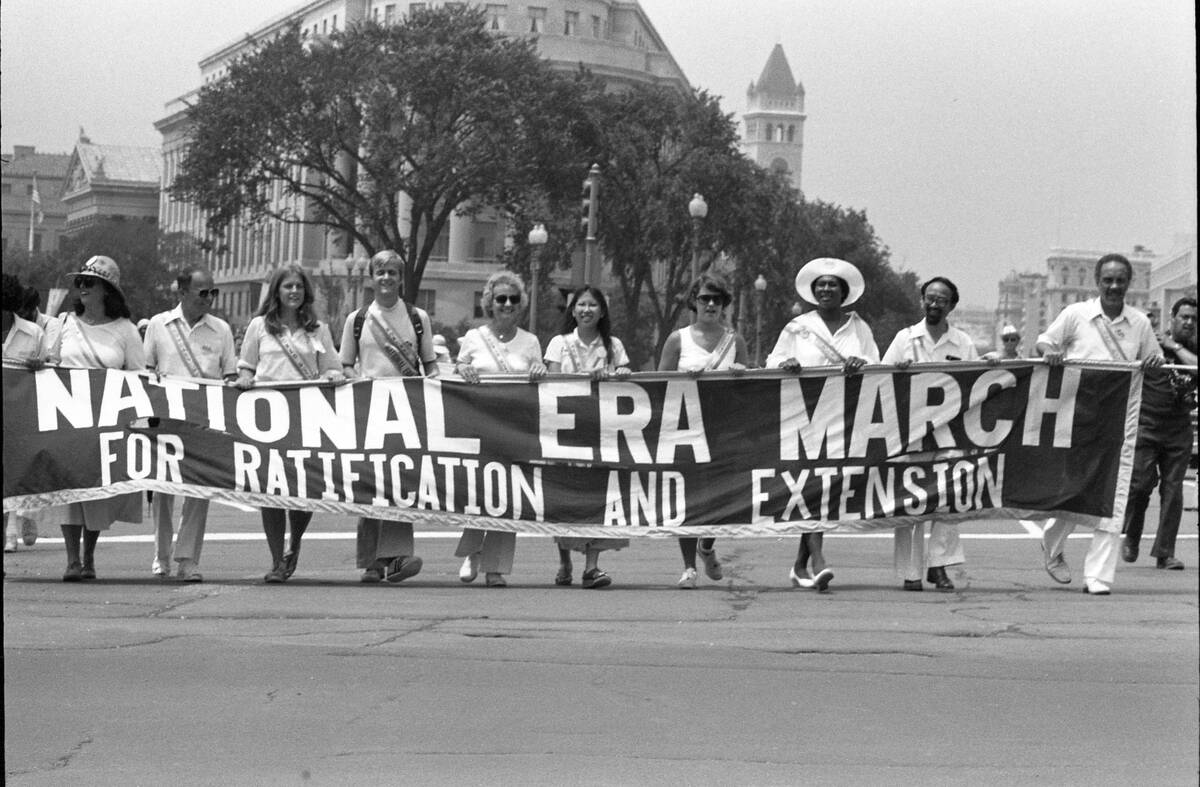
The Equal Rights Amendment (ERA) movement sought to guarantee equal legal rights for all American citizens regardless of sex. First proposed in 1923, the ERA gained momentum during the 1970s with widespread support from feminist groups. Despite significant progress, the amendment fell short of ratification by the required number of states.
The ERA remains a key issue for many feminists, symbolizing the unfinished business of gender equality and the continued effort to enshrine equal rights in the Constitution.
The Global Conference on Women in Beijing: Setting an International Agenda
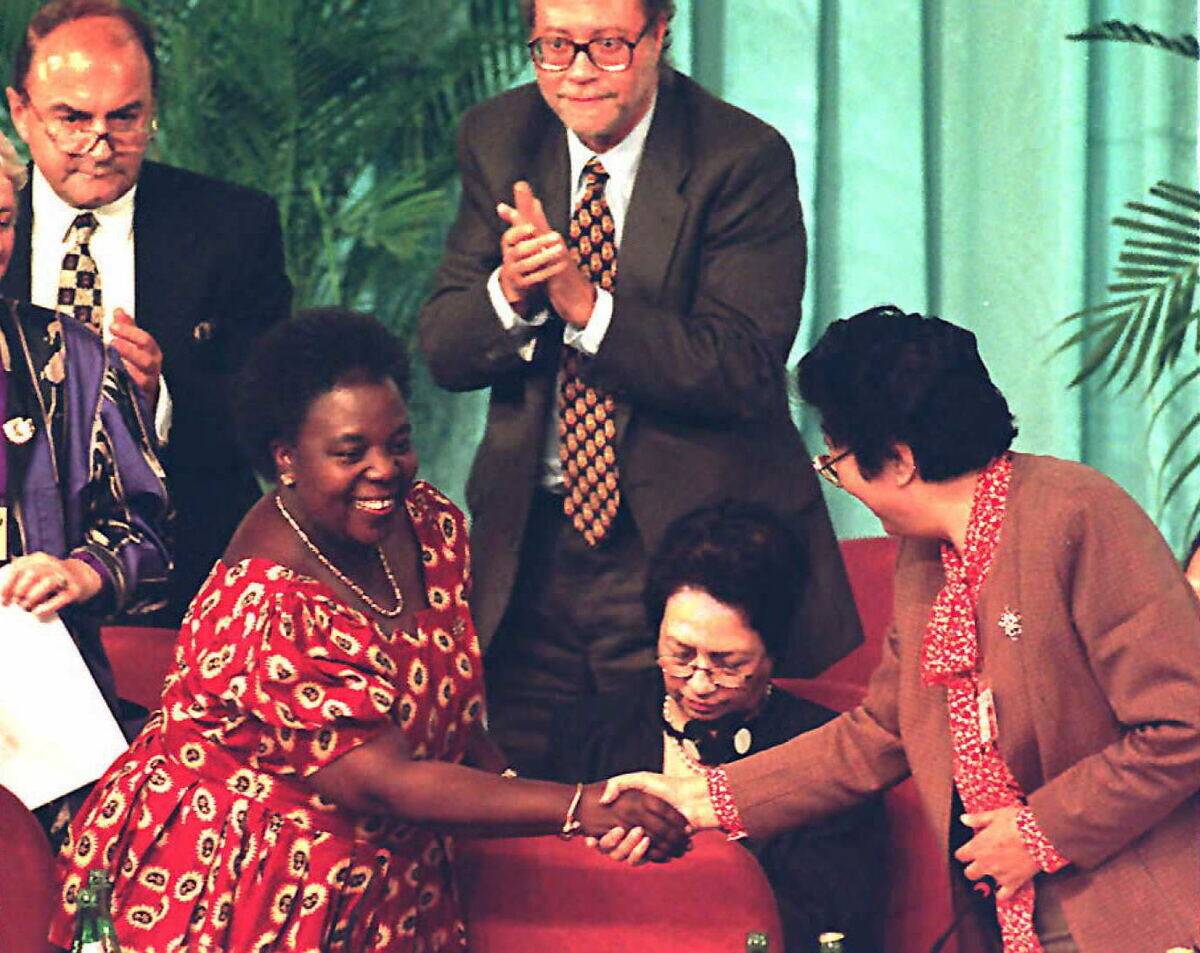
The 1995 Fourth World Conference on Women in Beijing was a watershed moment in the global feminist movement. Attended by representatives from 189 countries, the conference produced the Beijing Declaration and Platform for Action, a comprehensive policy agenda for women’s empowerment worldwide.
This landmark event addressed issues such as poverty, education, health, and violence against women. The Beijing Conference emphasized the importance of international collaboration and set the stage for continued global efforts towards gender equality.
The #MeToo Movement: A Modern Reckoning with Harassment
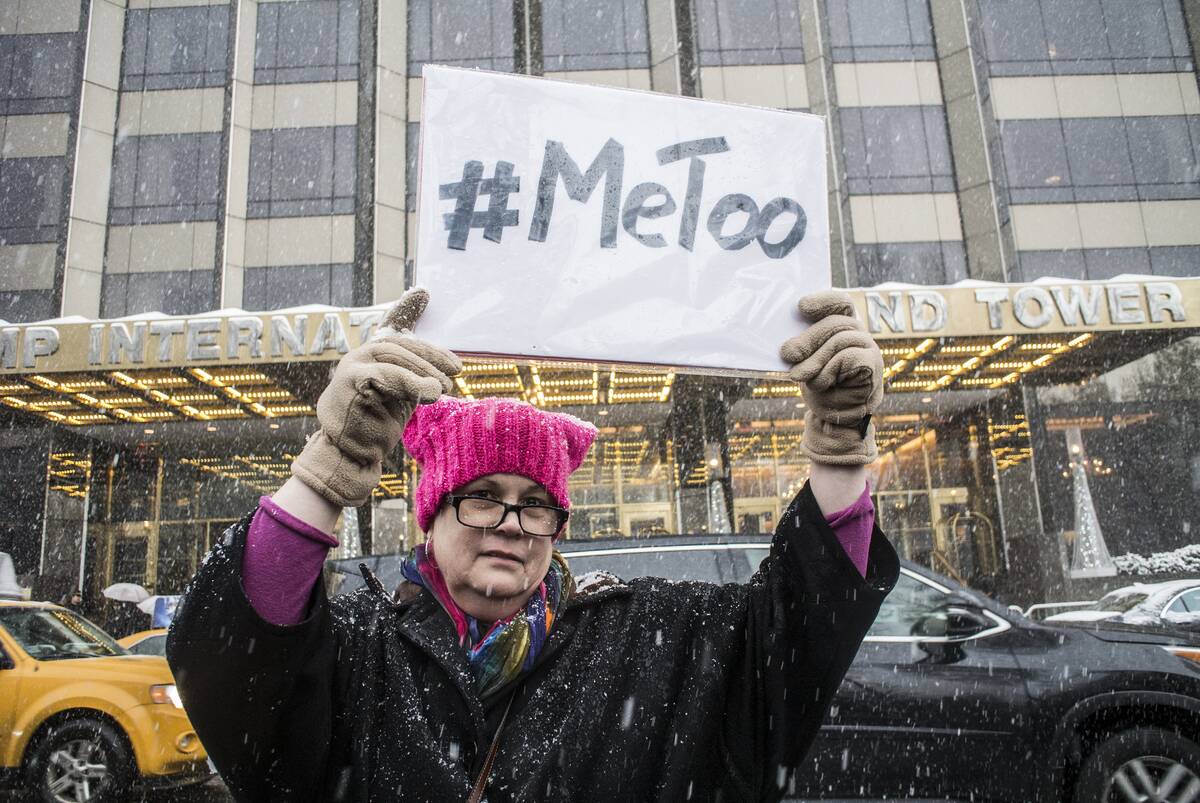
The #MeToo movement, which gained prominence in 2017, has been a powerful force in addressing harassment and assault. Originating from Tarana Burke’s 2006 initiative, the movement gained global traction when high-profile cases of misconduct were exposed.
#MeToo has empowered countless individuals to share their experiences and demand accountability from perpetrators. This modern reckoning with harassment has sparked widespread cultural change, highlighting the need for systemic reforms and fostering a more inclusive and respectful society.
The Rise of Intersectional Feminism: Embracing Diverse Voices
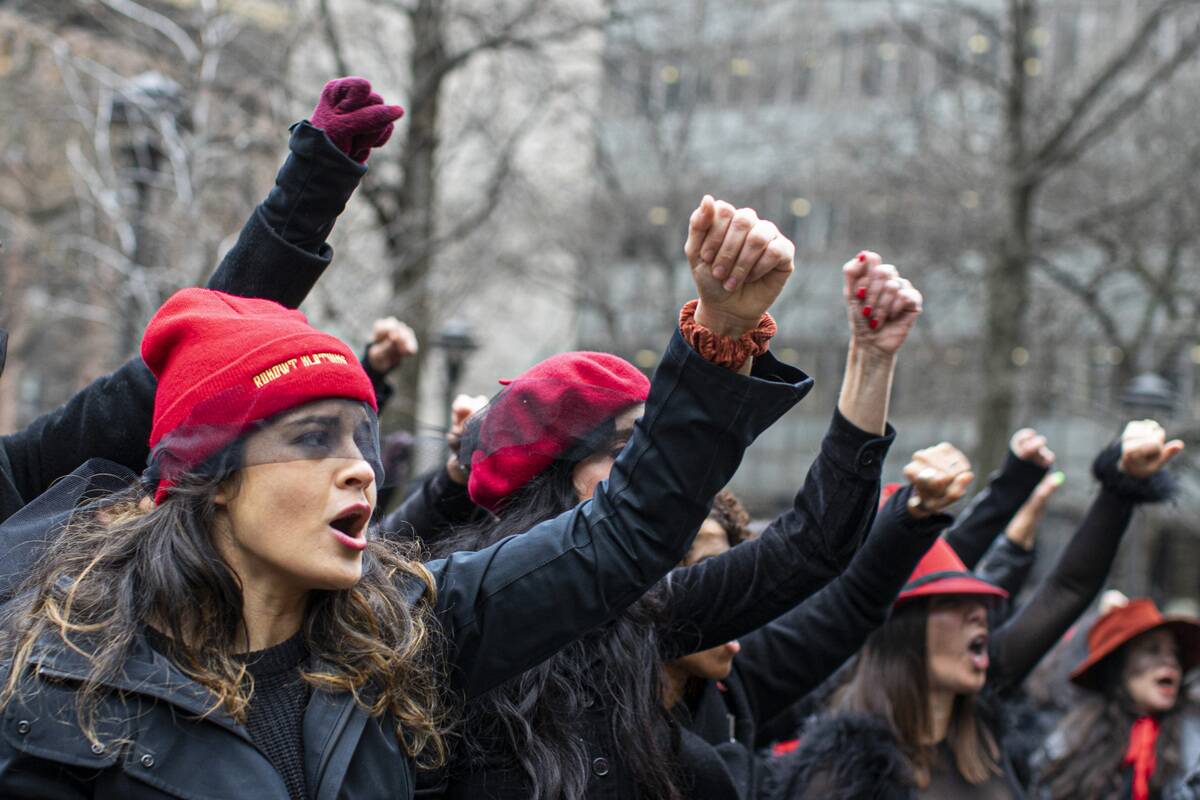
Intersectional feminism recognizes that women’s experiences are shaped by multiple, intersecting identities, such as race, class, and sexuality. Coined by Kimberlé Crenshaw in 1989, the concept of intersectionality has become a vital part of modern feminist discourse.
By acknowledging the diverse experiences of women from different backgrounds, intersectional feminism seeks to address the unique challenges faced by marginalized groups. This inclusive approach has broadened the feminist movement, ensuring that all voices are heard and advocating for equity on multiple fronts.
Feminism in the Digital Age: Social Media as a Tool for Change
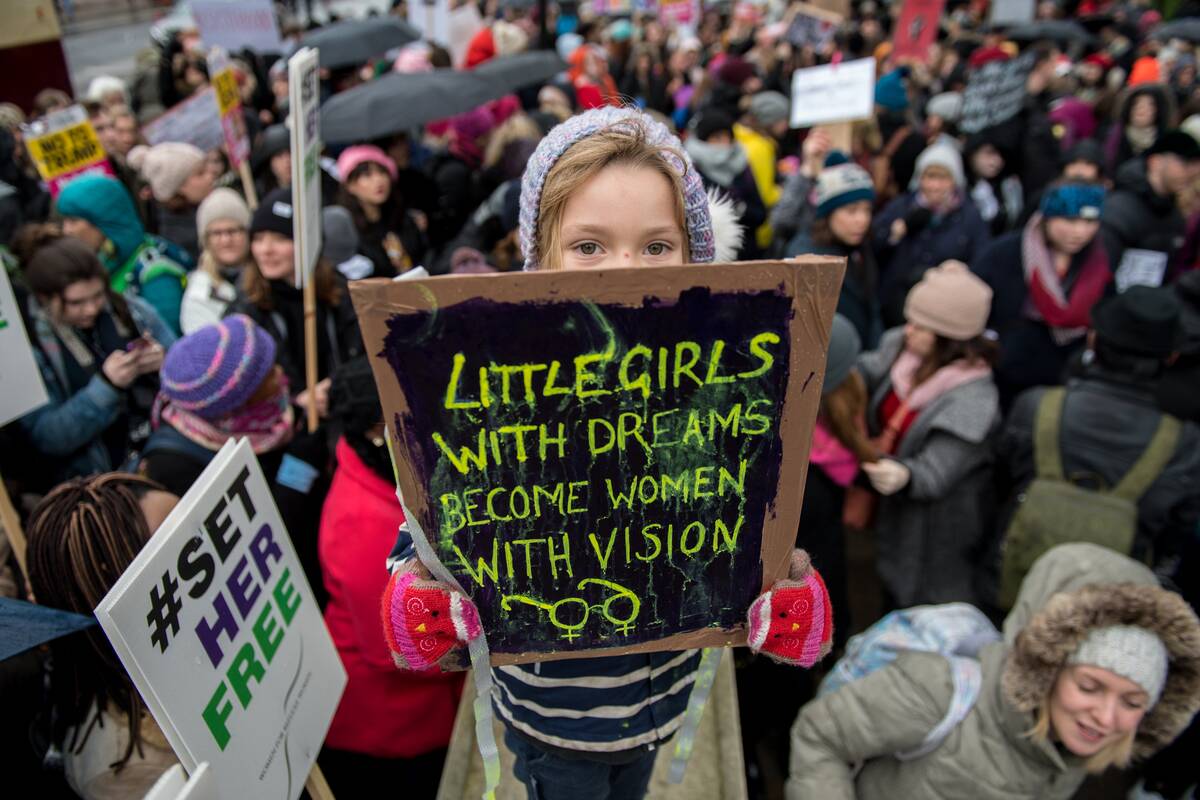
In the digital age, social media has become a powerful tool for feminist activism and advocacy. Platforms like Twitter, Instagram, and Facebook have allowed feminists to connect, organize, and amplify their voices on a global scale.
Social media campaigns, such as #HeForShe and #TimesUp, have raised awareness of gender issues and mobilized support for change. The digital landscape has democratized feminist discourse, enabling individuals to participate in the movement and drive social change from anywhere in the world.




